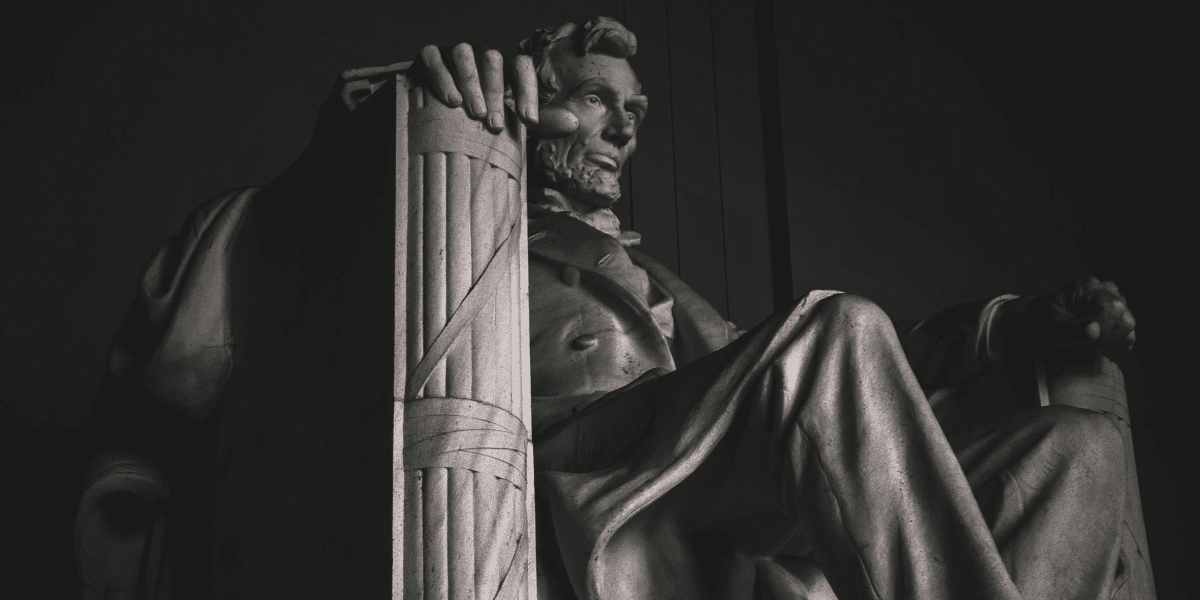Image commercially licensed from Unsplash
Introduction: Visual Symbols of Profound Ideals
When we delve into the realms of ancient philosophy and spirituality, we often encounter intricate systems of thought that challenge our perceptions. Plato’s concept of Forms from Western philosophy and the Eastern spiritual representation of Mandalas both provide frameworks for understanding the universe’s abstract ideals. While seemingly disparate in origin and practice, both concepts visualize the journey toward perfection and enlightenment. Satwant Dhillon, in his explorations, offers insights into how understanding these frameworks can aid our wellness and holistic comprehension of the world around us. These visual representations, spanning across cultures and times, beckon us to dive deeper into self-awareness and cosmic understanding.
Plato’s Forms: The Ideal Realm Beyond Perception
In his philosophical writings, Plato proposed the existence of an ideal realm of Forms, which stood as perfect archetypes of every conceivable thing in our material world. To Plato, these Forms represented perfection, untainted by the imperfections and transient nature of our physical reality. The objects and ideas we encounter daily are but mere shadows of their perfect counterparts in the realm of Forms. This belief in a higher reality propels many to pursue a life of virtue and wisdom. For Plato, connecting with these perfect ideals was the philosopher’s ultimate aim.
Eastern Mandalas: Circles of Enlightenment
Mandalas, intricate geometric configurations of symbols, play a vital role in various Eastern spiritual traditions, including Hinduism and Buddhism. At their core, Mandalas represent the universe, the self, and the journey toward enlightenment. They often comprise circles, which symbolize wholeness and unity, and squares, signifying the earthly realm. These designs have inspired countless seekers to embrace meditation and inner exploration. The rich symbolism embedded in Mandalas provides a map for those striving for spiritual enlightenment.
The Artistic Intersection of Idealism and Enlightenment
While Plato’s Forms provide a philosophical approach to idealism and Mandalas offer a spiritual path to enlightenment, both can be visualized artistically. Plato’s allegory of the cave, where chained prisoners mistake shadow puppets for reality, underscores the distinction between the perceived world and the world of Forms. This allegory has been artistically represented throughout history, emphasizing humanity’s search for knowledge and truth. Similarly, Mandalas, through their intricate designs, not only serve as spiritual symbols but also as artworks communicating profound spiritual insights. These two traditions, one rooted in philosophy and the other in spirituality, both highlight the human quest for truth and understanding.
Wellness Through Understanding and Meditation
Both the Forms and Mandalas emphasize a journey from the tangible, imperfect world to a realm of perfection and enlightenment. How does this relate to wellness? By recognizing the transient nature of our earthly experiences and aligning ourselves with the eternal and unchanging, we can find inner peace. Recognizing these truths allows individuals to navigate life’s ups and downs with grace. Satwant Dhillon, a proponent of holistic wellness, often emphasizes the importance of understanding these ancient symbols and concepts. By meditating on a Mandala or philosophically engaging with the idea of Forms, individuals can transcend everyday stressors, finding balance and inner harmony. Such practices bring mental clarity and emotional resilience, vital in today’s fast-paced world.
Integrating Forms and Mandalas into Daily Life
While these concepts might seem lofty and distant, they can be integrated into our daily lives for mental and spiritual nourishment. Every day presents opportunities to connect with these profound ideas, enhancing our well-being and understanding:
- Mindful Meditation with Mandalas: Whether you’re gazing upon a Mandala, coloring one, or visualizing it during meditation, the process can center your mind. It’s a journey inward, helping you connect with the universe’s deeper truths. Embracing this practice daily can create a routine of introspection and mindfulness.
- Philosophical Reflection: Take moments to reflect on Plato’s Forms. Consider the ideals and perfections that exist beyond our tangible experiences. By recognizing that our world is but a shadow of the ideal, we can detach from imperfections and find contentment. These reflections can serve as grounding moments amidst life’s chaos.
- Artistic Exploration: Engage in creating Mandalas or artwork inspired by Platonic ideals. As Satwant Dhillon points out, artistic expression is therapeutic, offering a medium to explore and express our deepest reflections. This harmonization of art and philosophy provides a therapeutic outlet, nourishing both mind and soul.
Conclusion: Bridging the Gap Between Art, Philosophy, and Spirituality
Plato’s Forms and Eastern Mandalas, while emerging from different cultural contexts, converge in their quest to understand and represent the universe’s underlying order. They remind us of the eternal and perfect amidst the transient and imperfect. By understanding these principles, individuals like Satwant Dhillon exemplify the wellness journey, grounding us in timeless wisdom. As we delve deeper into these concepts, we discover that art, philosophy, and spirituality are intertwined, each offering unique insights into the human experience. Embracing this interconnectedness allows us to lead lives of purpose, clarity, and inner peace.















